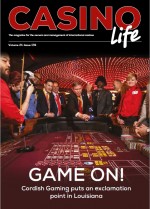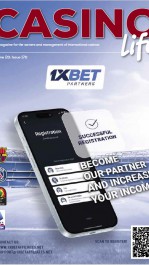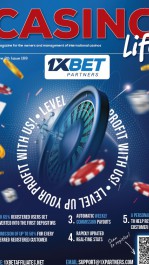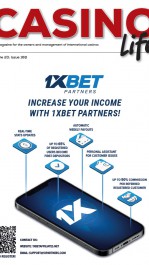Jetting off to Las Vegas, beating the house, and returning home with suitcases stuffed with dollar bills is a common dream for gamblers. Unfortunately for most, that scenario remains a pipedream that is never fulfilled, but the MIT Blackjack Team not only regularly won big in “Sin City,” but they won big for the best part of 20 years.
The MIT Blackjack Team was a group of students and ex-students from the Massachusetts Institute of Technology that used card counting techniques to beat casinos at blackjack. The team enjoyed prolonged success, raking in an estimated $50 million between 1979 and 2000 when the group disbanded. No other blackjack team won as much money from card counting, nor have they spawned as many books and Hollywood movies as the MIT Blackjack team.

Following a basic blackjack strategy gives the house an edge of approximately 0.5%. This low house edge is one aspect of what makes blackjack so popular with gamblers. However, the MIT Blackjack Team’s card counting system and other fine-tuned techniques turned the tables on the house and gave the team an edge of between 2-4%. That edge is enormous in gambling circles. Counting cards is not illegal by any stretch of the imagination, although it is frowned upon by casinos because it damages their bottom line. However, it is impossible to perform at online casinos due to how the game is dealt, so do not get any ideas of trying it at any of the websites at Las Vegas Online Casinos.
What Is Card Counting?
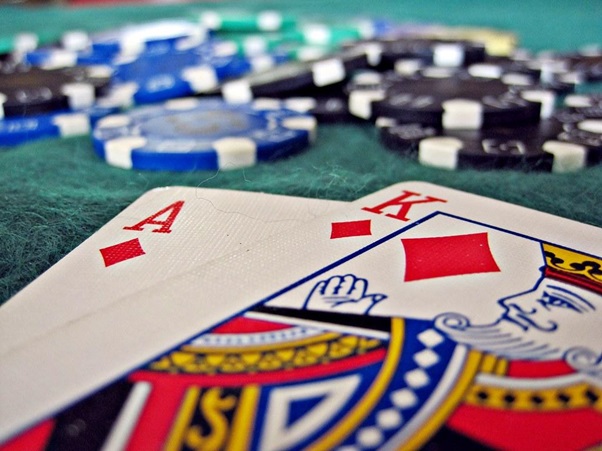
Card counting uses mathematics to predict what cards are due to come from a deck of cards. There are several systems, but they all assign a number to the various cards in the deck. The player keeps a running total and bets more when the count is high because player-favorable cards are most likely. Conversely, a player bets less when the count is low because dealer-favorable cards are more likely to come.
The MIT Blackjack Team used a series of hand signals and codewords as they worked New Jersey and Las Vegas casino floors. Those signals and codewords let their teammates know the current count and let them know if the casino’s security staff suspected them of card counting.
The Team’s Rise and Ultimate Demise
Under the guidance of two students, Bill Kaplan and J.P. Massar, the MIT Blackjack Team was formed. They operated under strict rules and used a single hi-lo card counting strategy, and each new and existing member took regular classes and tests to keep their skills razor sharp. And it worked. It worked exceptionally well. The team quadrupled their $89,000 starting bankroll, pleasing investors while earning each team member $80 per hour.
At one stage, the team consisted of 80 players who were all living the dream. However, their biggest obstacle was when casinos began a serious crackdown on card counters. Casino employed teams of experts that continually monitored players via surveillance cameras. The technology progressed to such sophisticated levels that facial recognition software detected known card counters even if they wore a disguise. The MIT Blackjack team’s, indeed all card counting outfits, days were numbered.
Its members were all highly intelligent and realized there were easier, less risky ways to make money. Ultimately, this resulted in the team disbanding entirely by 2000, although the MIT team will forever be remembered by anyone with even the faintest interest in blackjack.

